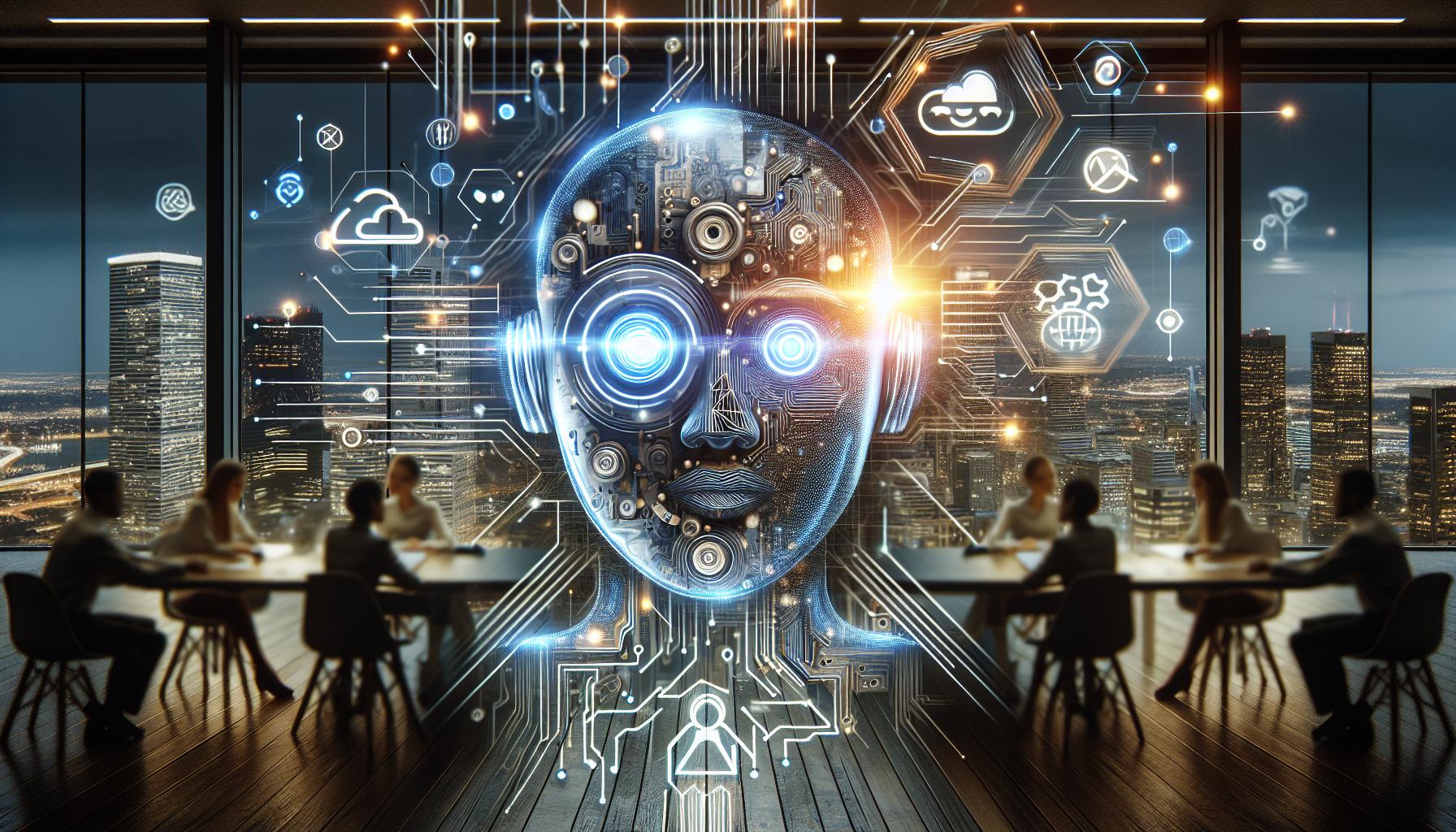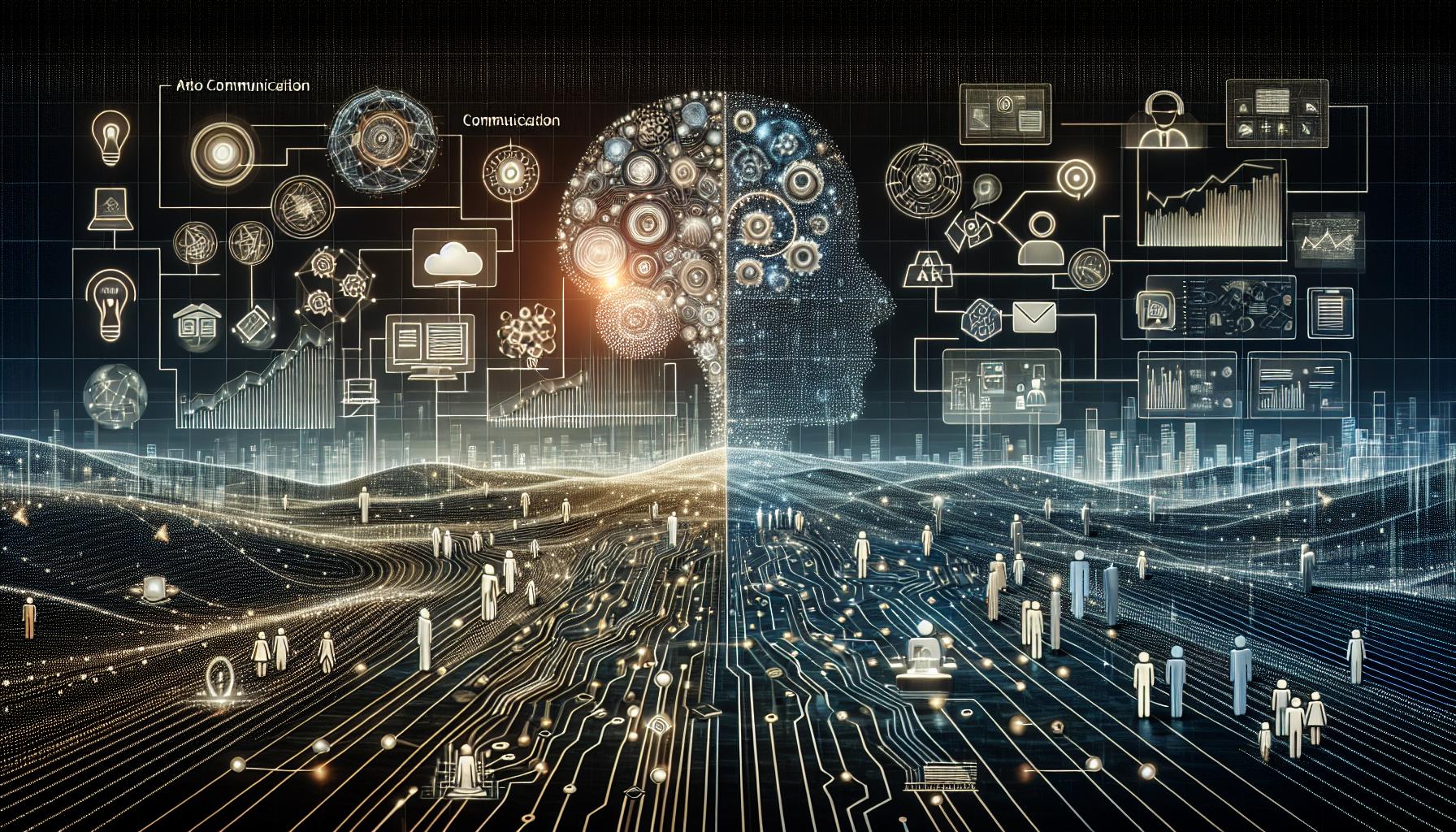Enhancing User Engagement through Advanced Chatbot Design: The Future of Digital Conversations

Introduction
In an era dominated by digital interaction, chatbots stand at the frontline of customer engagement, providing an immediate connection between businesses and consumers. As Artificial Intelligence (AI) continues to revolutionize these digital interactions, the importance of designing chatbots that are not only functional but also engaging cannot be overstated. This article explores the latest trends and technologies that are shaping the future of chatbot design and how they can be leveraged to enhance user engagement.
Understanding User Expectations
Today's tech-savvy users expect interactions that are swift, personalized, and efficient. A successful chatbot must anticipate and meet these expectations by providing timely and relevant responses. Integrating Natural Language Processing (NLP) enhances a chatbot's understanding of user intent, making interactions more fluid and human-like.
Personalization: The Key to Engagement
Personalization is paramount in the realm of chatbot interactions. AI-driven data analytics allow chatbots to deliver individualized experiences by referencing past interactions and user preferences. This adaptive approach fosters a deeper connection between the user and the chatbot, significantly boosting engagement levels.
Leveraging Machine Learning for Continuous Improvement
Machine learning algorithms are integral to refining chatbot behaviors. These algorithms analyze vast amounts of interaction data, enabling continuous improvement in response accuracy and conversation quality. An effectively trained chatbot can discern nuances in user queries, adapt to conversational contexts, and even predict user needs before they are explicitly stated.
Visual and Interactive Elements
Incorporating visual elements such as buttons, images, and interactive menus can transform a basic chatbot interaction into a dynamic engagement opportunity. Visual elements not only make the conversation more engaging but also aid in navigation, making the user experience more intuitive and enjoyable.
Social and Emotional Intelligence
Social and emotional intelligence in chatbots can profoundly impact user satisfaction. By recognizing emotional cues and responding appropriately, chatbots can build trust and rapport. Advanced emotional intelligence coupled with A.I. lets chatbots deliver empathetic and contextually relevant responses that resonate with users on a personal level.
Future Trends in Chatbot Design
The future of chatbot technology holds promising advancements including augmented reality (AR) interactions, voice recognition capacities, and multilingual support. Such innovations will further blur the lines between human and machine interactions, offering experiences that are more immersive, accessible, and aligned with user needs.
Conclusion
The development of chatbots that truly engage users involves a blend of technological innovation and deep understanding of consumer behavior. As A.I. continues to evolve, the potential for creating meaningful and satisfying user interactions is limitless. Companies focusing on these advanced chatbot features will find themselves at the forefront of the next wave of digital communication.



